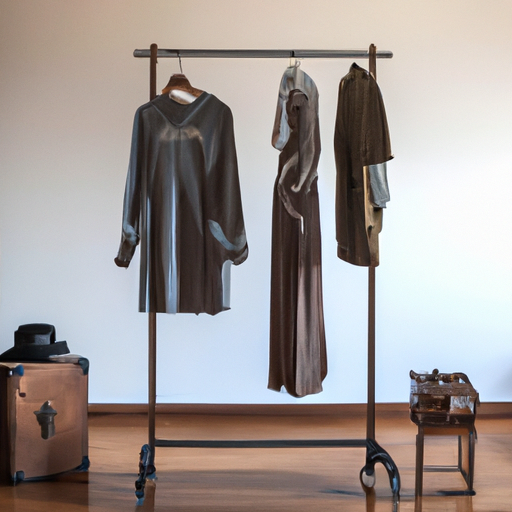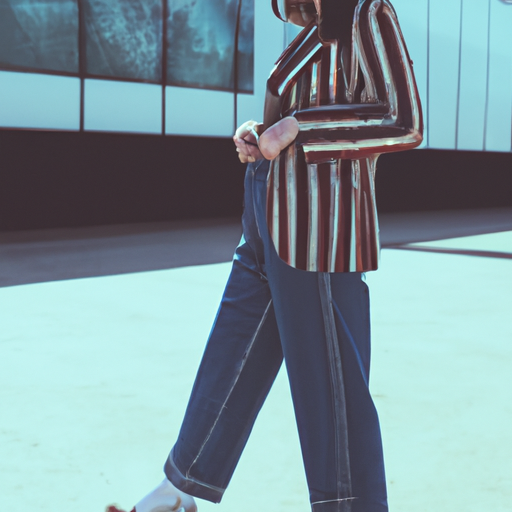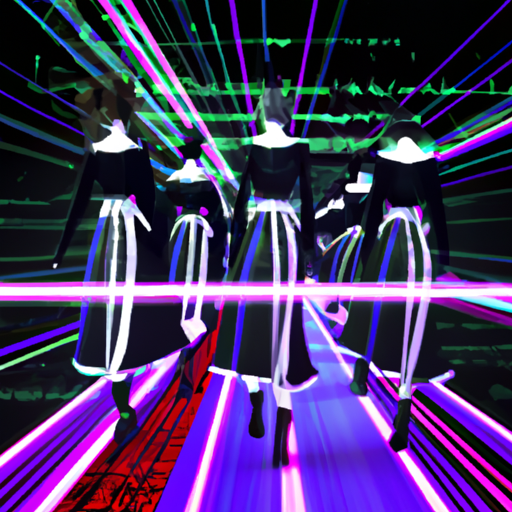Vintage fashion is experiencing a remarkable revival in contemporary wardrobes worldwide. Young designers and fashion enthusiasts are reimagining classic pieces with innovative styling approaches. This trend represents more than nostalgia—it's a sustainable and creative movement transforming how we perceive and wear historical fashion.

In recent years, vintage fashion has transcended its traditional boundaries, emerging as a powerful force in contemporary style. What was once considered outdated is now celebrated as a sophisticated and environmentally conscious fashion choice.
The renaissance of vintage fashion is driven by multiple factors, including sustainability concerns, a desire for unique personal expression, and a growing appreciation for craftsmanship from previous eras. Young fashion enthusiasts are no longer viewing vintage clothing as merely secondhand garments, but as collectible pieces with rich historical narratives.
One of the most compelling aspects of modern vintage styling is the ability to blend different historical periods. A 1950s Christian Dior-inspired blazer can be paired seamlessly with contemporary high-waisted jeans and minimalist sneakers, creating an ensemble that speaks to both past and present aesthetic sensibilities.
Technology has played a significant role in this vintage fashion revolution. Online platforms and social media have made vintage shopping more accessible than ever before. Platforms like Depop, Etsy, and specialized vintage marketplaces have connected collectors, sellers, and fashion enthusiasts from around the globe, democratizing access to rare and unique pieces.
Designers are increasingly drawing inspiration from historical fashion archives. Brands like Gucci, under Alessandro Michele's creative direction, have masterfully incorporated vintage design elements into contemporary collections. This approach not only pays homage to fashion history but also creates a sense of timelessness and cultural continuity.
The sustainability aspect of vintage fashion cannot be overstated. By choosing pre-owned clothing, consumers directly contribute to reducing textile waste and the environmental impact of fast fashion. Each vintage piece represents a form of recycling that maintains the garment's inherent value and reduces demand for new production.
Learning to style vintage pieces requires a nuanced understanding of proportion, color, and personal aesthetic. Fashion experts recommend starting with versatile vintage basics like well-tailored blazers, classic denim, and timeless accessories. The key is to integrate these pieces thoughtfully, ensuring they complement rather than overwhelm contemporary wardrobes.
Vintage fashion also offers a unique opportunity for personal storytelling. Each garment carries its own history, potentially connecting the wearer to different cultural moments and personal narratives. A vintage leather jacket might evoke rebellious 1950s rock 'n' roll culture, while a delicate 1920s silk dress could represent the emerging independence of women during that era.
Education is becoming increasingly important in the vintage fashion movement. Workshops, online courses, and fashion documentaries are helping new generations understand textile history, garment construction, and the cultural significance of different fashion periods. This knowledge transforms vintage shopping from a mere consumer activity into an intellectual and creative pursuit.
As the vintage fashion renaissance continues, we can expect further innovation in how historical garments are sourced, restored, and styled. The boundaries between vintage and contemporary fashion will likely become even more fluid, celebrating the cyclical nature of design and personal expression.
Ultimately, the resurgence of vintage fashion represents more than a trend—it's a profound reimagining of how we value clothing, connect with history, and express individual identity through what we wear.



